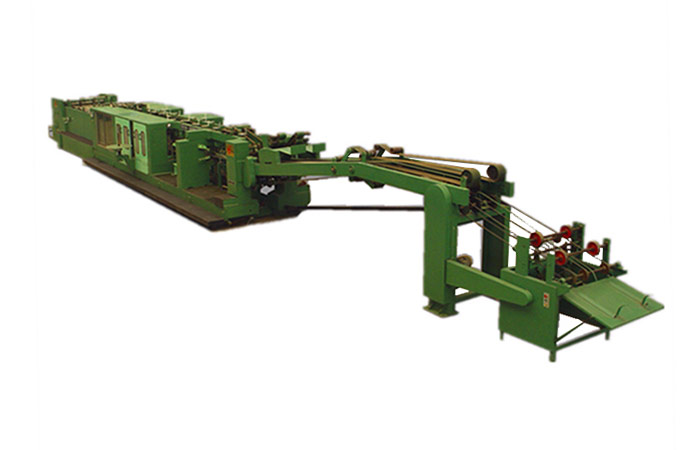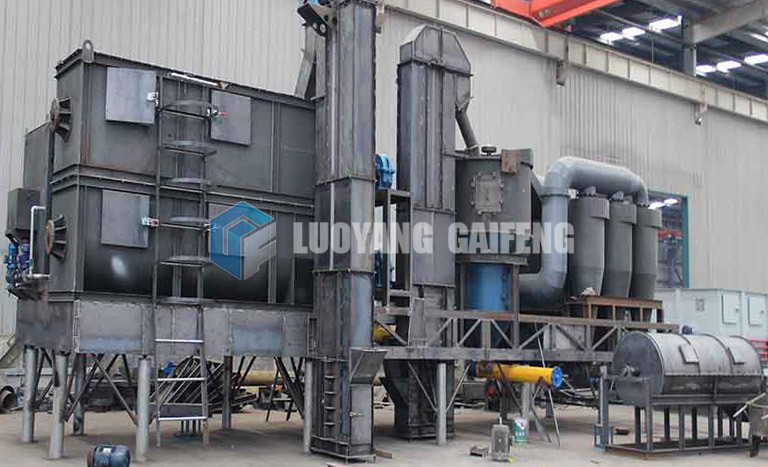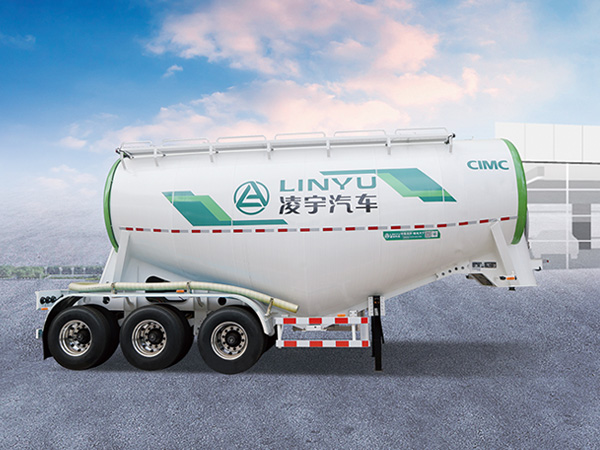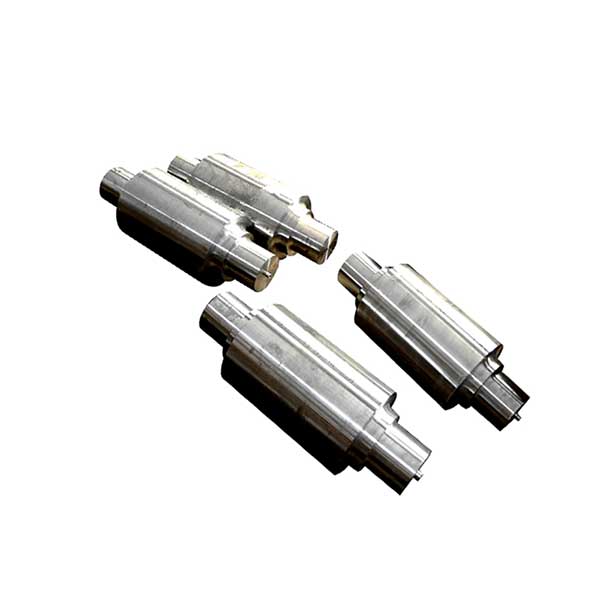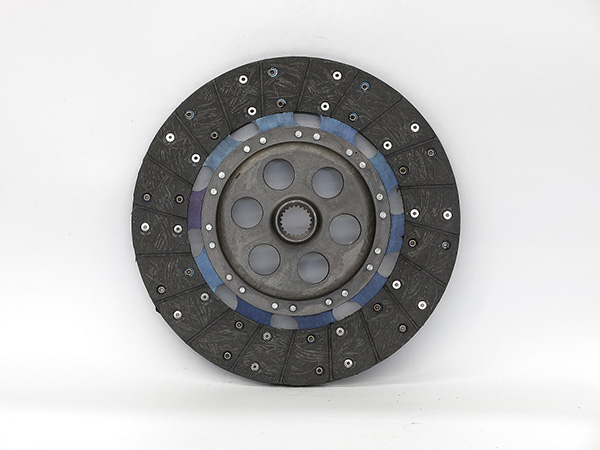https://www.ls-casting-mold.com/wp-content/uploads/2022/08/paper-tube-machine-2.jpg
376
495
lsmojv
http://www.ls-casting-mold.com/wp-content/uploads/2018/12/lslogo-300x138.png
lsmojv2023-03-01 15:10:162023-03-01 15:10:16What are the process flow of valve bag making machine
https://www.ls-casting-mold.com/wp-content/uploads/2022/02/移动氢氧化钙生产线7-e1644565056663.jpg
529
600
lsmojv
http://www.ls-casting-mold.com/wp-content/uploads/2018/12/lslogo-300x138.png
lsmojv2023-03-01 14:49:042023-03-01 14:49:04WHAT IS THE PROCESS FLOW OF THE CARBON DIOXIDE PRODUCTION DEVICE
https://www.ls-casting-mold.com/wp-content/uploads/2022/02/Vibrating-Screen4-1.jpg
450
600
lsmojv
http://www.ls-casting-mold.com/wp-content/uploads/2018/12/lslogo-300x138.png
lsmojv2023-03-01 14:35:262023-03-01 14:35:26How much is a vibrating screen
https://www.ls-casting-mold.com/wp-content/uploads/2021/07/搅拌P13-14.jpg
450
600
lsmojv
http://www.ls-casting-mold.com/wp-content/uploads/2018/12/lslogo-300x138.png
lsmojv2023-03-01 14:09:242023-03-01 14:09:24What are the roles of cement bulk carriers in the construction industry
https://www.ls-casting-mold.com/wp-content/uploads/2022/06/20181211140209_1420.jpg
450
700
lsmojv
http://www.ls-casting-mold.com/wp-content/uploads/2018/12/lslogo-300x138.png
lsmojv2023-03-01 13:52:142023-03-01 13:52:14What is the working principle of the compound crusher
https://www.ls-casting-mold.com/wp-content/uploads/2022/06/Hinge-4.jpg
600
600
lsmojv
http://www.ls-casting-mold.com/wp-content/uploads/2018/12/lslogo-300x138.png
lsmojv2023-02-23 09:42:322023-02-23 09:44:00WHAT ARE THE APPLICATION FIELDS OF HOT FORGING
https://www.ls-casting-mold.com/wp-content/uploads/2022/08/Harmonic-Reducer-Bearing.jpg
700
700
lsmojv
http://www.ls-casting-mold.com/wp-content/uploads/2018/12/lslogo-300x138.png
lsmojv2023-02-23 09:31:442023-02-23 09:31:44What are the characteristics of harmonic reducer bearings
https://www.ls-casting-mold.com/wp-content/uploads/2022/06/IMG_6351.jpg
400
600
lsmojv
http://www.ls-casting-mold.com/wp-content/uploads/2018/12/lslogo-300x138.png
lsmojv2023-02-23 09:14:382023-02-23 09:14:38What factors need to be considered in the selection of excavator slewing bearing
https://www.ls-casting-mold.com/wp-content/uploads/2023/02/1Z4A4080-e1675922944857.jpg
400
600
lsmojv
http://www.ls-casting-mold.com/wp-content/uploads/2018/12/lslogo-300x138.png
lsmojv2023-02-23 08:50:062023-02-23 08:50:06What are the friction disc materials?
https://www.ls-casting-mold.com/wp-content/uploads/2022/03/IMG_2083-e1646274786744.jpg
400
600
lsmojv
http://www.ls-casting-mold.com/wp-content/uploads/2018/12/lslogo-300x138.png
lsmojv2023-02-22 17:09:402023-02-22 17:09:40How does the mobile archive shelving work
Scroll to top
